The small space of the cafe on Nam Ky Khoi Nghia Street ( Ho Chi Minh City) suddenly becomes strangely gentle on the weekend. The murmuring laughter, the light scent of incense, the colors of ancient costumes blending with the warm yellow light make the space seem to go back a few centuries. There, young hands are meticulously stringing charms, trying to style hair or re-button shirts, as if weaving their own stories in the flow of Vietnamese culture.
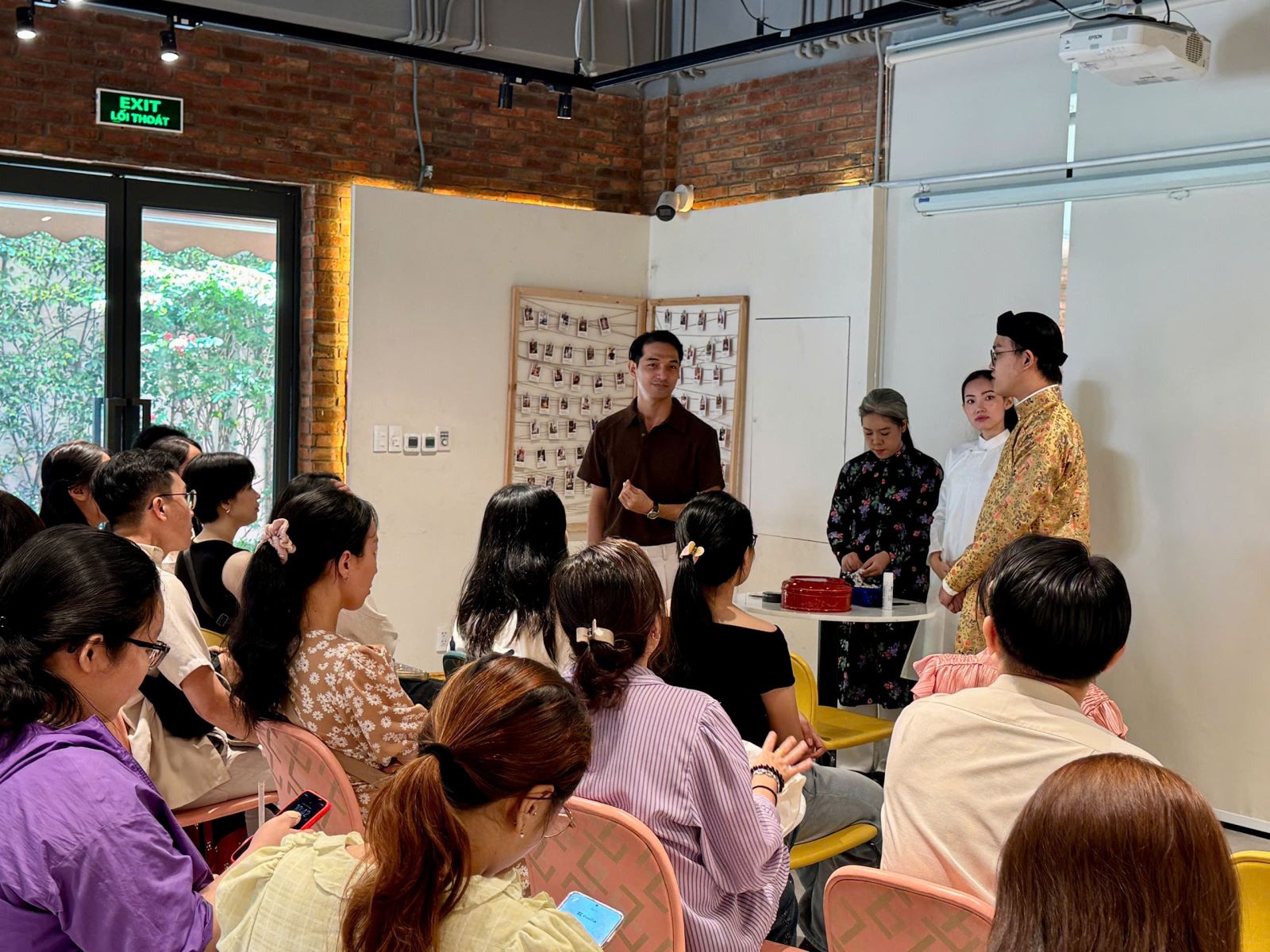
Many young people who love Vietnamese culture came together to listen and learn about the costumes, hairstyles, and jewelry of ancient Vietnamese women.
That is the program "Vietnamese Beauty - Experience the cultural charm of Vietnamese women" organized by Chieu Minh Cac in collaboration with Paper & I on the occasion of Vietnamese Women's Day October 20. Not only is it an activity to honor the beauty of women, the event also has a deeper meaning: Helping young people discover , understand and relive the seemingly distant cultural values of their ancestors.
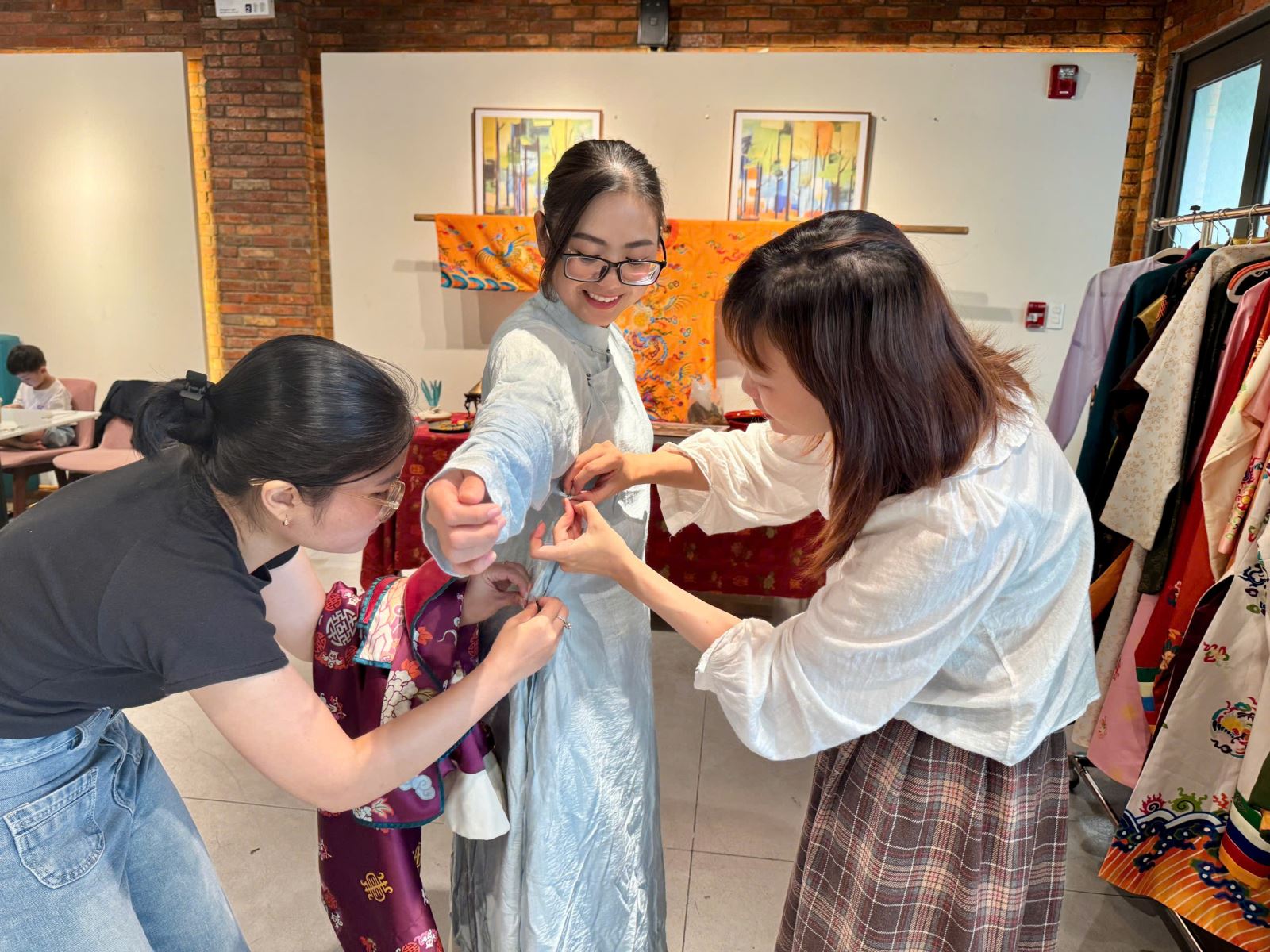
Experience learning and wearing Vietnamese costume in the program.
Many young people attending were guided to wear traditional costumes, learn about hair, make charm bracelets... seemingly small operations but opened up a world of sophisticated aesthetics. "We want everyone to touch, wear and understand the spirit of Vietnamese traditional costumes, not just see it through photos or on stage," said Mr. Duong Minh Tien, founder of Chieu Minh Cac group.
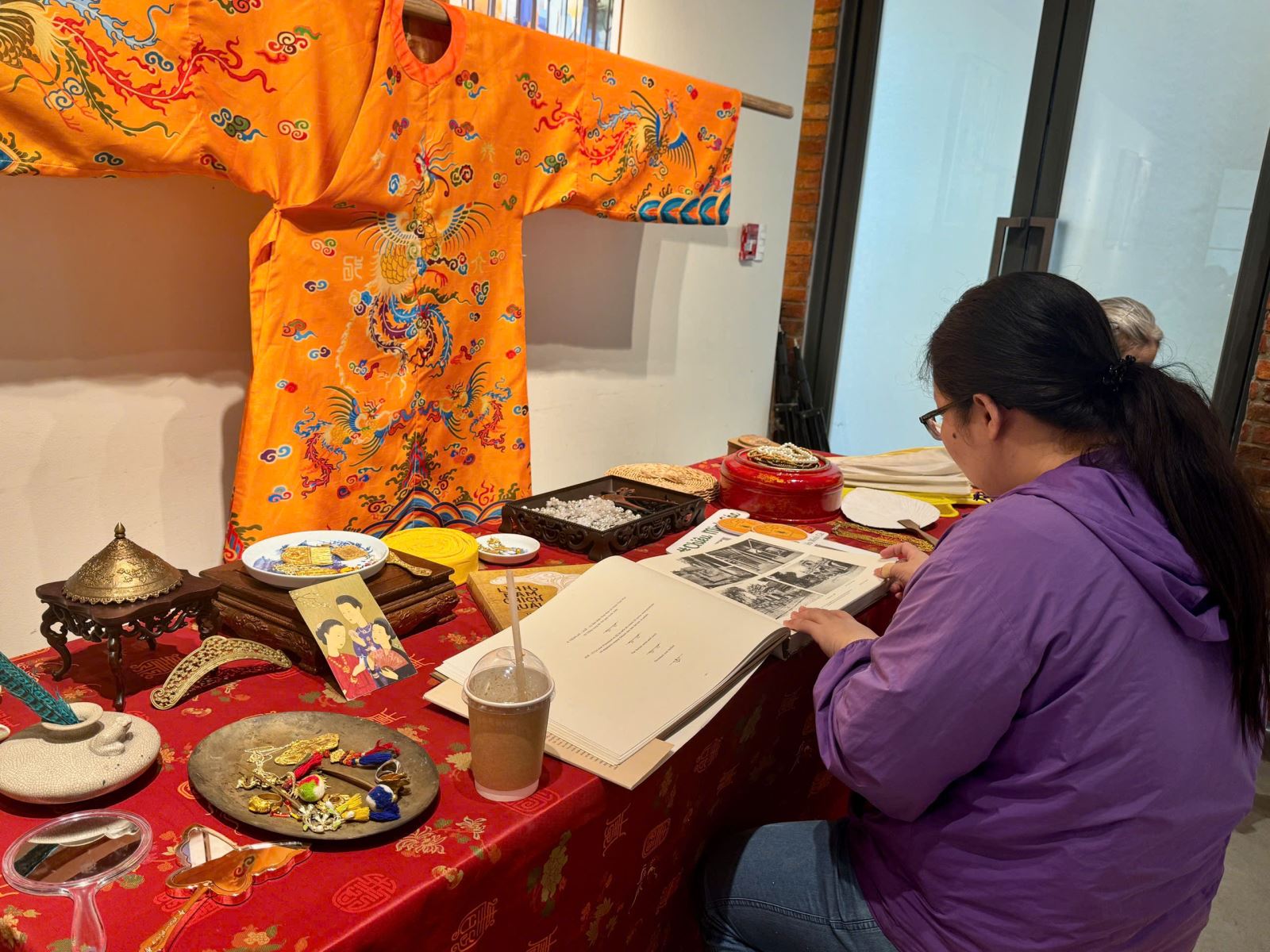
Indochina culture and fine arts are enthusiastically studied by you.
For him, traditional costumes are not a luxury of the past, but a part of everyday life: simple yet sophisticated, discreet yet elegant. “The valuable thing is not that you look better when wearing traditional costumes, but that you understand the context in which they appear, you feel you belong to a cultural stream,” Mr. Tien added.
From pieces of indigo-dyed fabric, a brooch or a small charm, young people are guided on how to choose the color of their shirt, button it, braid their hair, and thread bracelets. Each action is a way to touch tradition, as if each stitch is connecting the past with the present. One student meticulously weaves a bracelet for his mother, another patiently learns how to braid his friend's hair. Amidst these slow movements, the atmosphere seems to soften and warm up like a rare moment of silence in the middle of a bustling city.
There is no distance between the teacher and the student, between the lover of traditional costumes and the newcomer, everyone talks to each other with enthusiasm and respect. The lessons of beauty and sophistication of the ancients are not in books, but exist through the eyes, the voice, the hands. It is in that simplicity that tradition is revived with real emotions, not just memories.
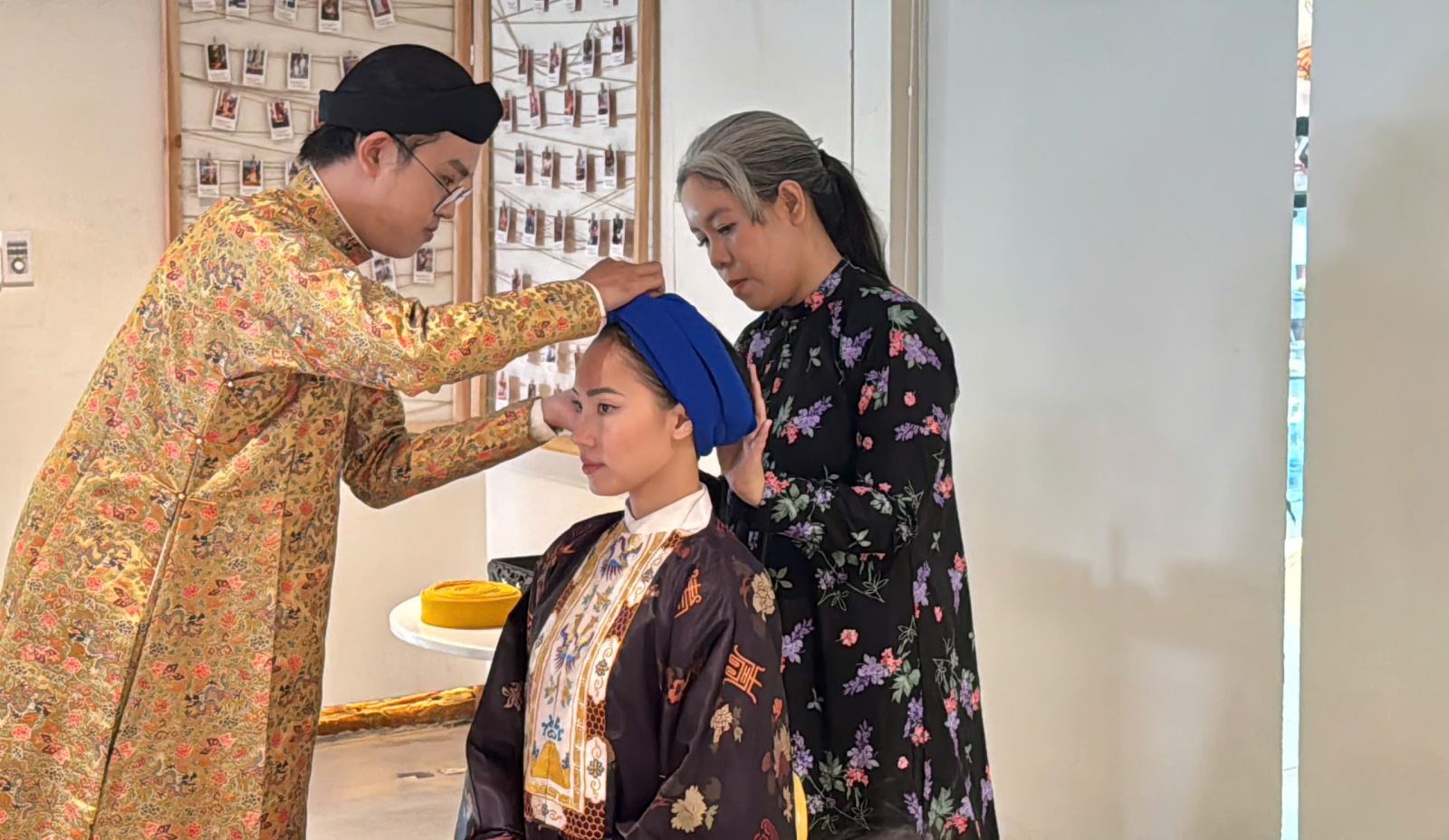
Many ancient women's hair-wrapping methods have been instructed and directly performed by experts.
Nguyen Bao Ngoc Khue, a student of the Faculty of Tourism at the University of Social Sciences and Humanities, Ho Chi Minh City, said that she joined the program with the desire to understand more deeply about the national culture. “When I wear traditional costumes myself, I feel the sophistication in every detail and feel more proud when talking about Vietnam with international friends. I really like connecting with groups of friends who share the same love for Vietnamese culture so that I can have other ideas for the tourism industry I am pursuing,” Khue said.
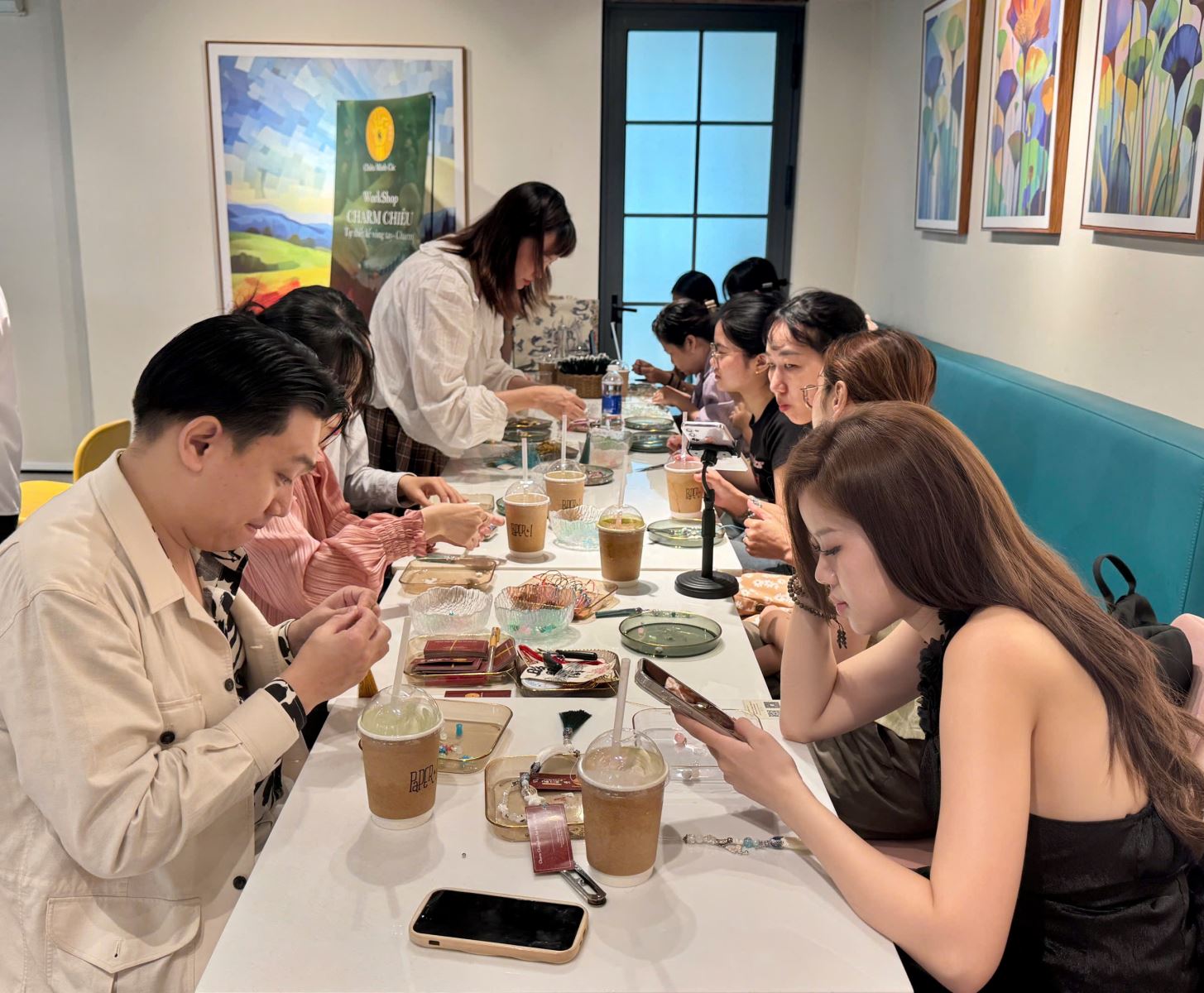
Many young people enjoy the bracelet-stringing workshop and make gifts for their loved ones on the occasion of October 20.
Meanwhile, a group of friends, Hoang Thi Tuyet Ly and Phan Thi Ngoc Phuong, from Dong Nai, chose to connect cultures through small actions. “We made charm bracelets ourselves to give to our grandmothers and mothers. When we string each bead together, we felt like we were holding a thread connecting the past and the present,” Ly shared.
Those simple stories are the reason why “Vietnamese Beauty” touches the hearts of the participants. Without needing flowery introductions, just through real experiences, the program has made young people realize: Vietnamese beauty does not only lie in the Ao Dai or elaborate hair buns, but in the respectful attitude, in the sophistication and affection for the national culture.
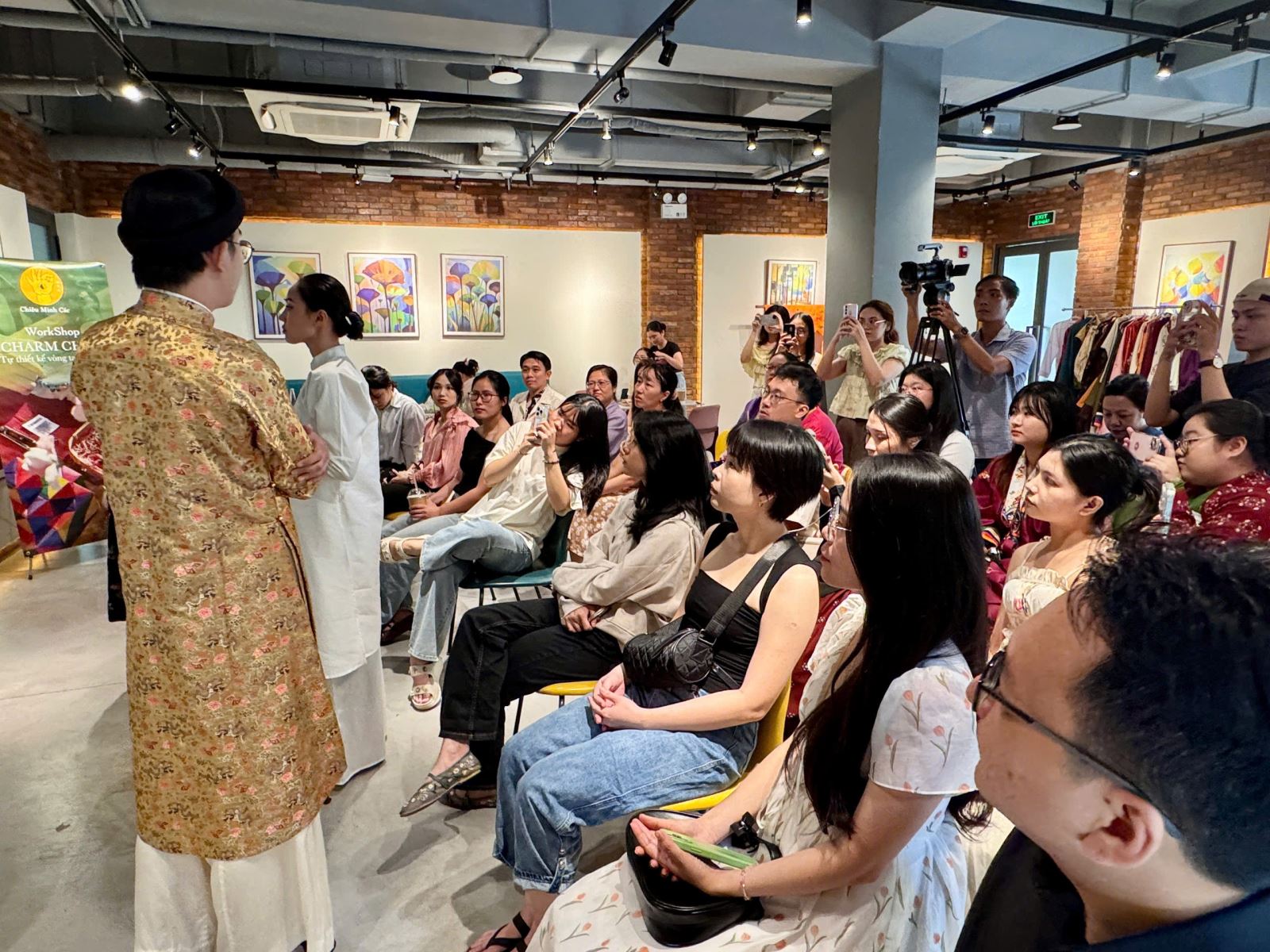
The space becomes intimate, all questions of young people about culture and history are discussed and answered.
In the context of global integration, when international fashion and lifestyle trends are easily spread, the fact that young people actively learn, wear and spread Vietnamese traditional costumes is a welcome sign. It is not only an act of love for beauty, but also a way to understand oneself better, to affirm one's identity in a flat world.
“Vietnamese Beauty” does not aim to recreate the past intact, but to create a space for tradition to enter today’s life in a gentle and intimate way. In the passionate eyes of the participants, it is clear that culture does not need to be kept in a glass cabinet, but can “live” in the present, through small gestures, skillful hands or smiles of young people.
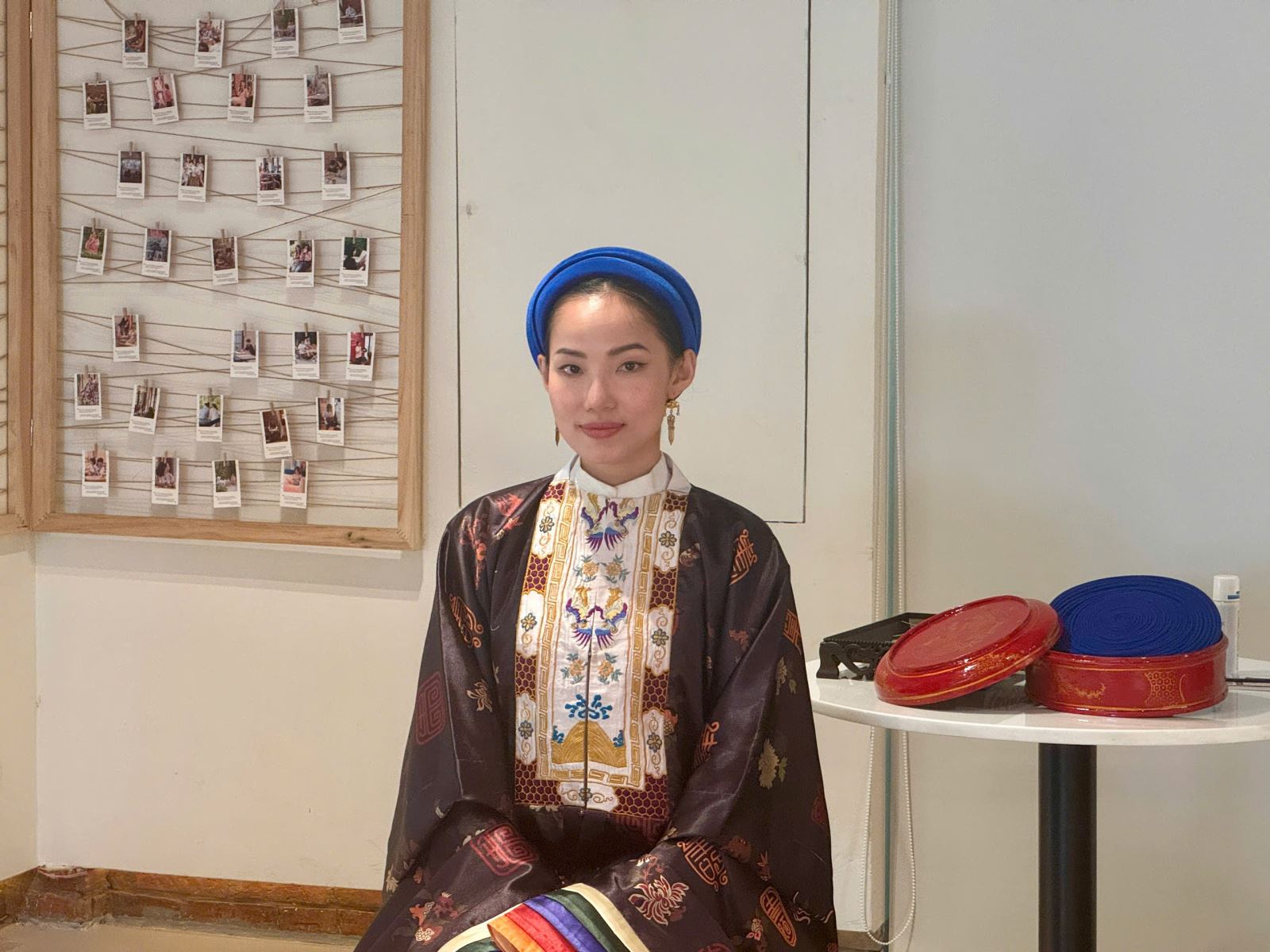
A young woman in the costume and hairstyle of an ancient Vietnamese woman.
In the midst of a city that is growing day by day, the program is like a warm “stop” where everyone can find a part of themselves. When the young girls gently bow their heads to pin hairpins for each other or choose the right color of their clothes, they are not only recreating the beauty of the past, but also continuing the story of the enduring, simple yet proud Vietnamese charm.
Because beauty, after all, is not just to be admired, but to be preserved and spread. Every time young people put on traditional costumes, their smiles are graceful, confident, and carry the breath of today, making us believe that: Vietnamese charm is still being revived in a new rhythm of life, from small things, but full of love for the origin.
According to VNA
Source: https://baoangiang.com.vn/nguoi-tre-tim-lai-net-duyen-viet-trong-viet-sac-giai-nhan-a464574.html


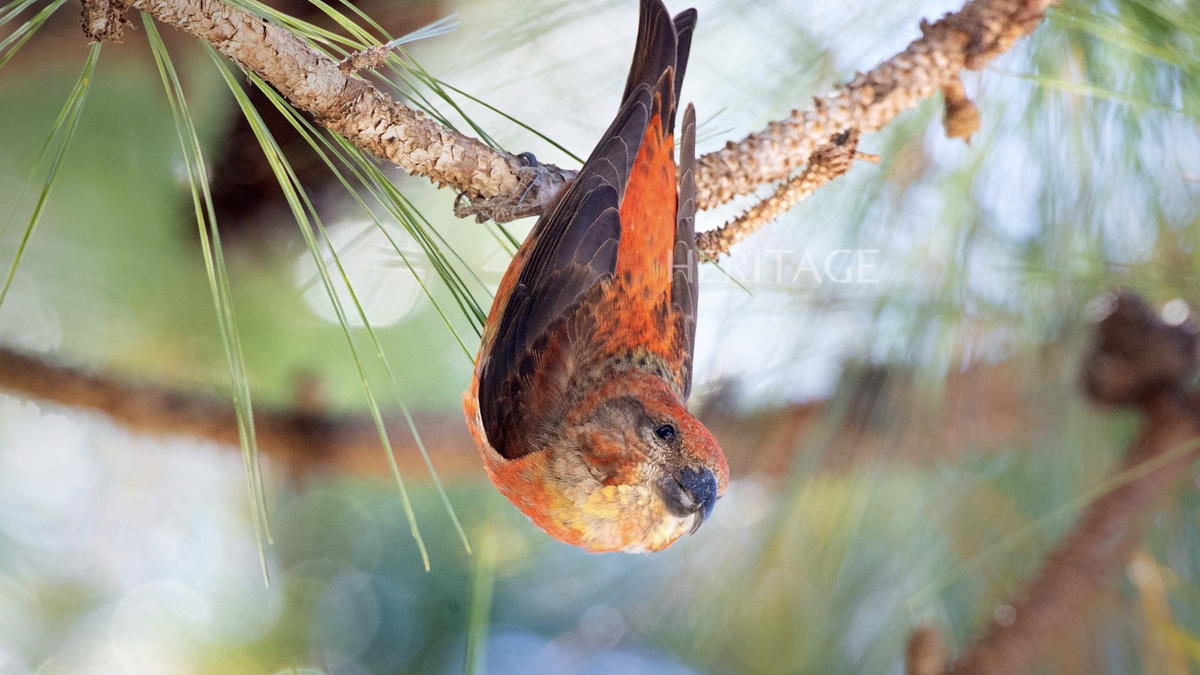
![[Photo] Prime Minister Pham Minh Chinh chairs meeting on nuclear power plant construction](https://vphoto.vietnam.vn/thumb/1200x675/vietnam/resource/IMAGE/2025/10/22/1761137852450_dsc-9299-jpg.webp)

![[Photo] Da Nang: Shock forces protect people's lives and property from natural disasters](https://vphoto.vietnam.vn/thumb/1200x675/vietnam/resource/IMAGE/2025/10/22/1761145662726_ndo_tr_z7144555003331-7912dd3d47479764c3df11043a705f22-3095-jpg.webp)


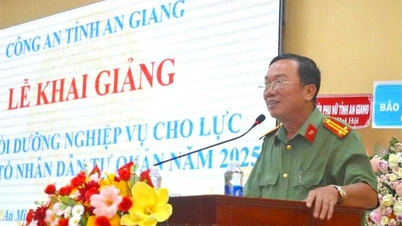
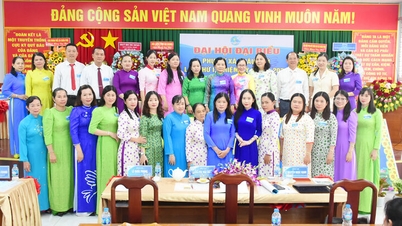
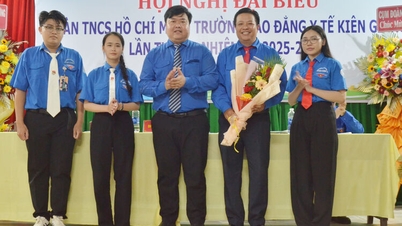



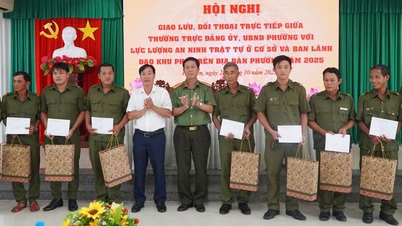
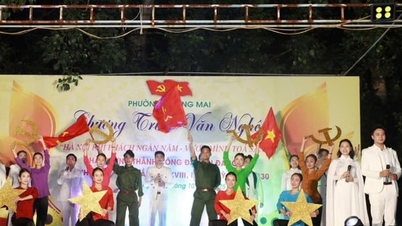

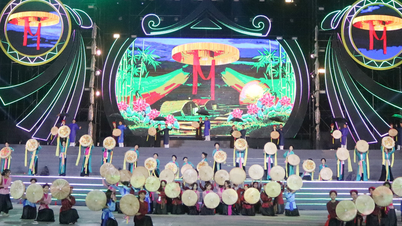


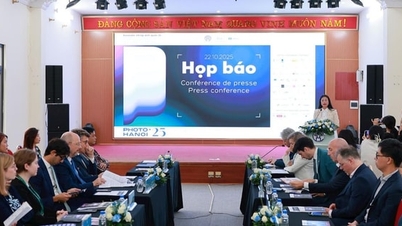







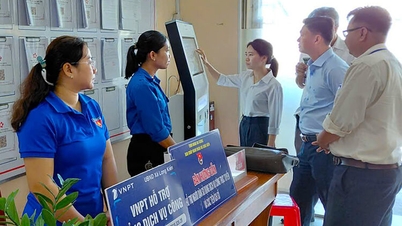
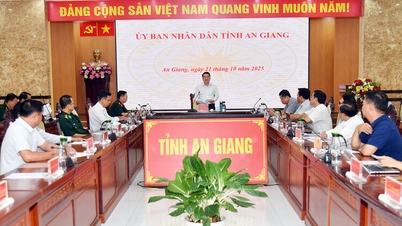
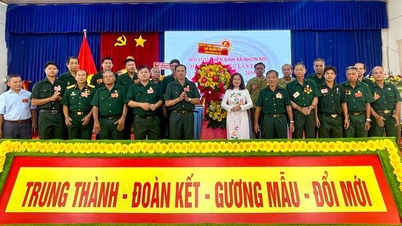
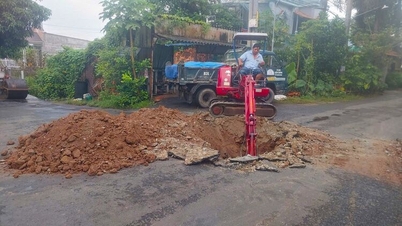








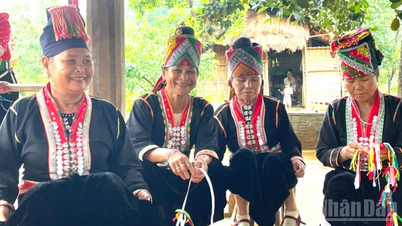



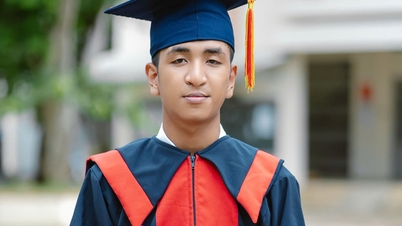

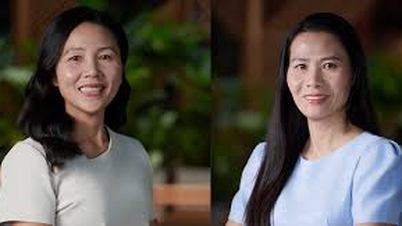


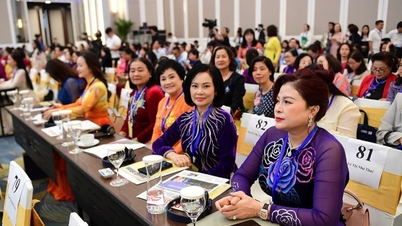

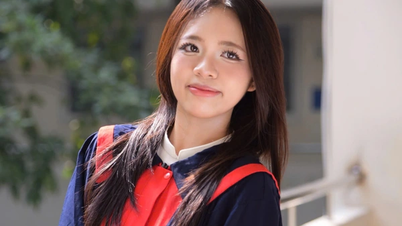

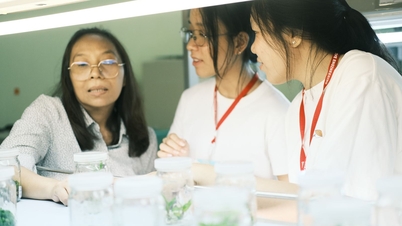

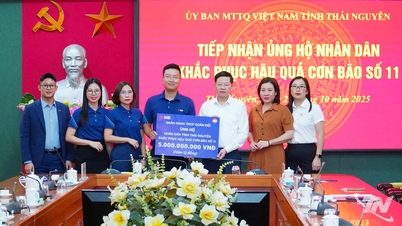

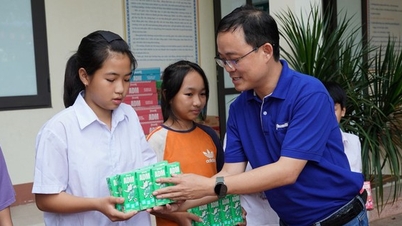

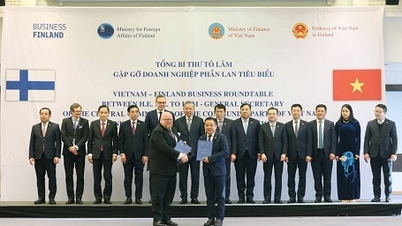












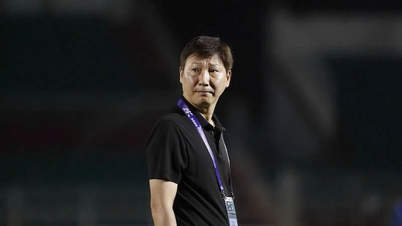


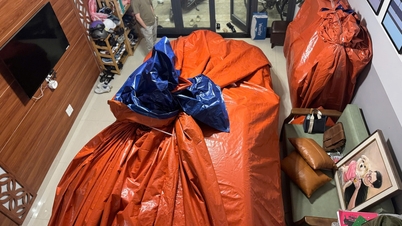
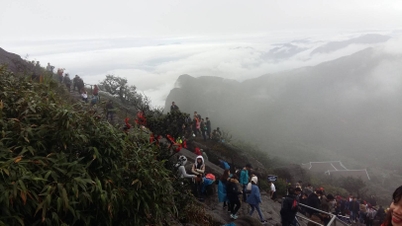

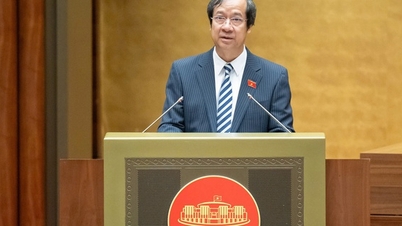

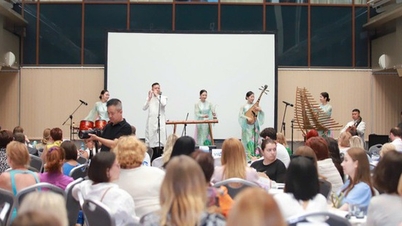
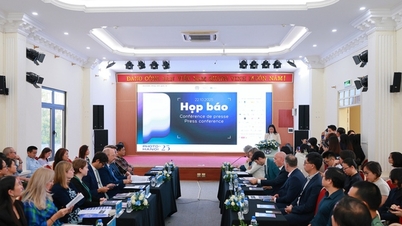

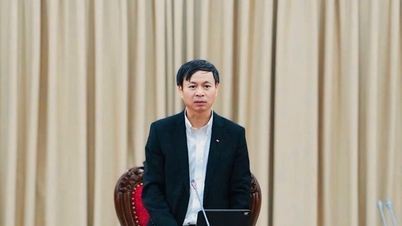

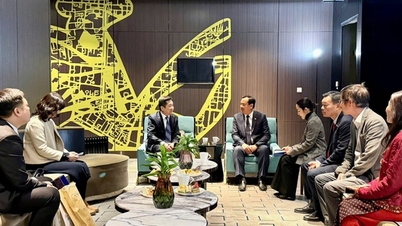
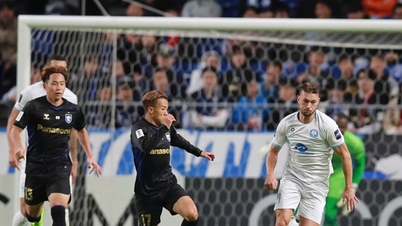


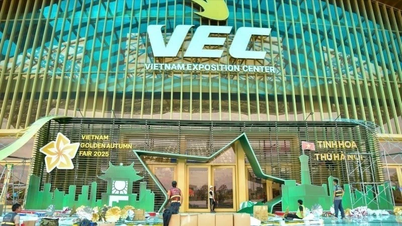

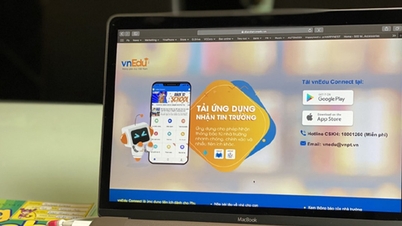













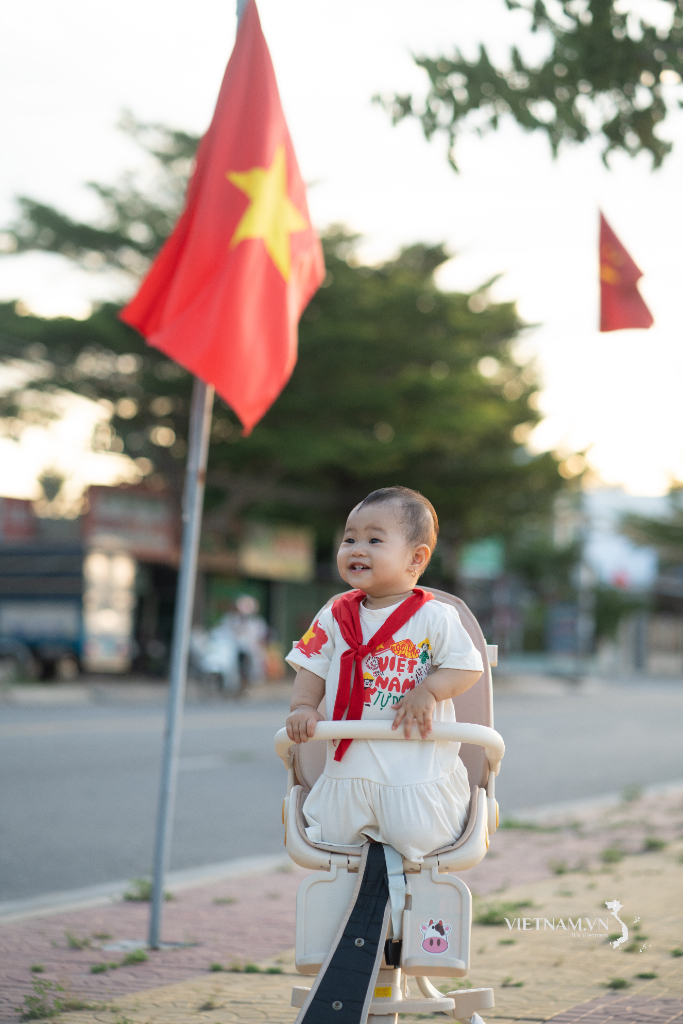
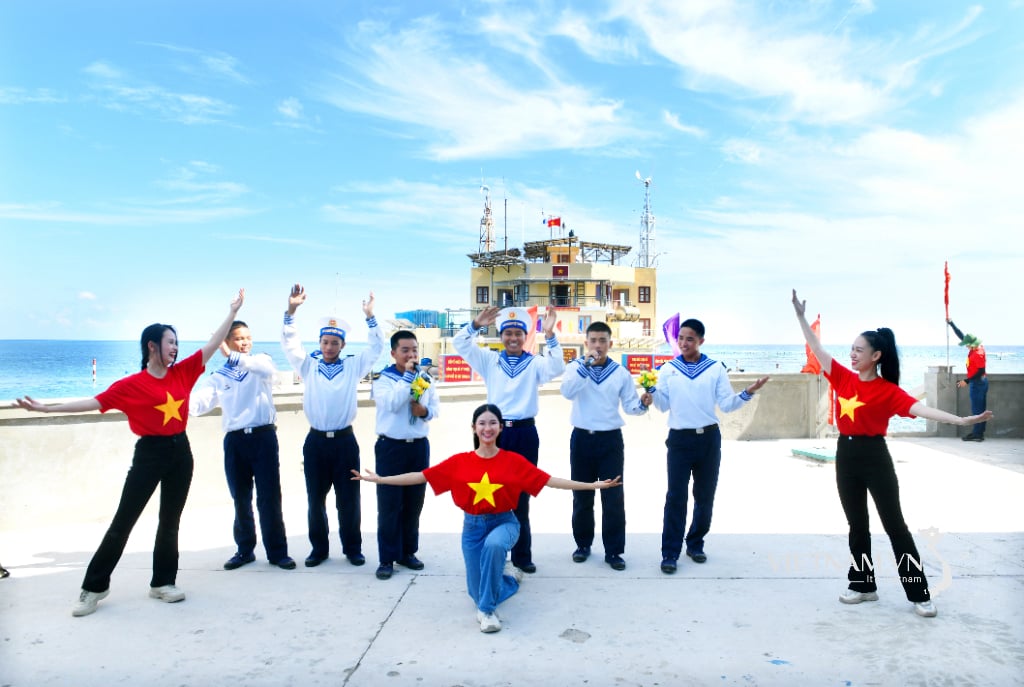
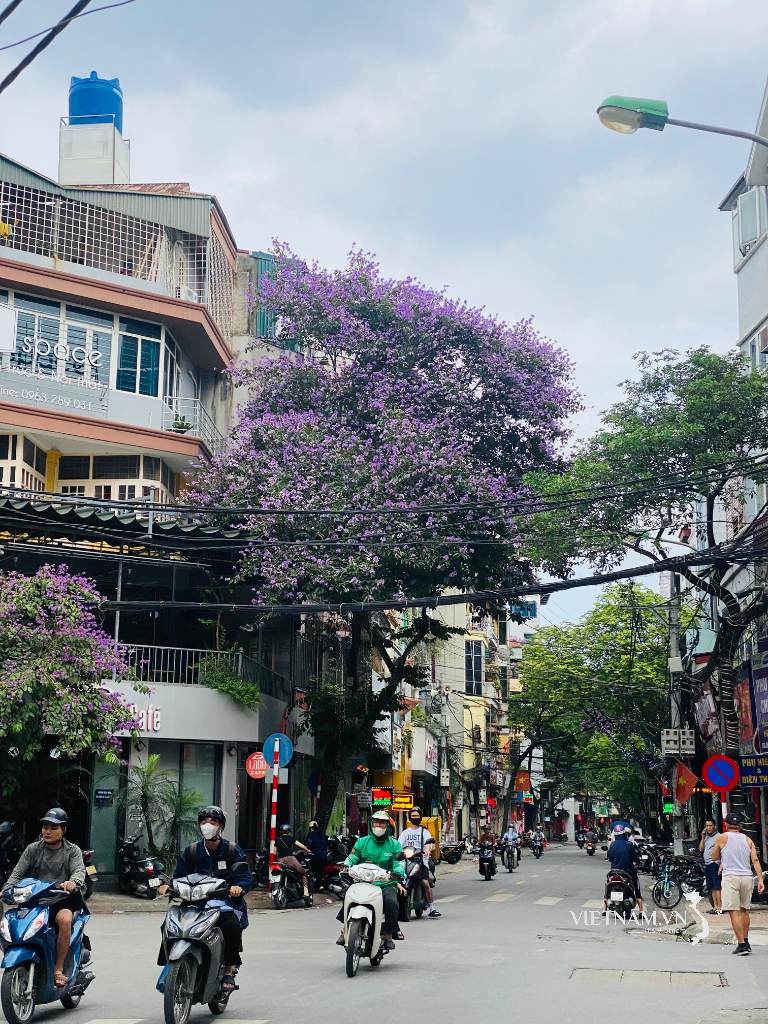
Comment (0)